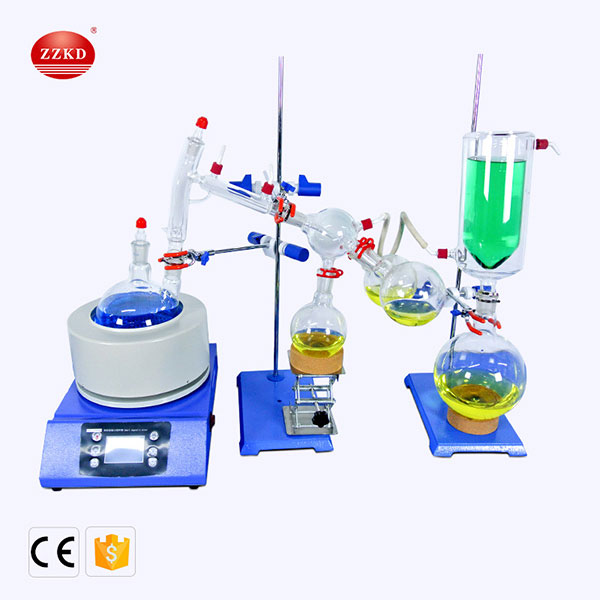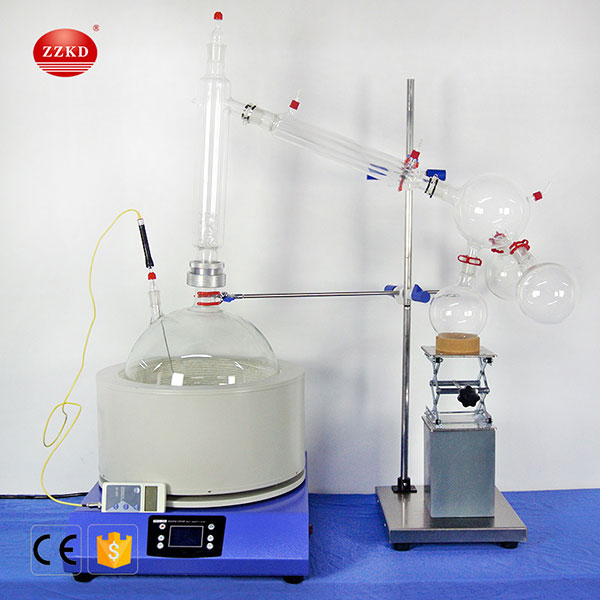News
What is short path distillation used for
Short path distillation is a common distillation extraction equipment, divided according to capacity, can be divided into: 2L short path distillation, 5L short path distillation, 10L short path distillation, 20L short path distillation.

Generally, short path distillation equipment has undergone strict hydraulic test and trial operation before leaving the factory, and all indicators meet the equipment requirements.Next, I will introduce the operation process of short path distillation.
operation process of BHO short path distillation:
1. The equipment is heated by circulating hot oil on the outer interlayer, and the temperature is high, so do not touch it;2. The short path distillation equipment is connected to the vacuum pump, so pay attention to checking the tightness of the connection of each component when starting up;
3.The main component of the vacuum pump fine-tuning valve structure is a high-density stainless steel needle. Before opening, the condensing column must be filled with liquid nitrogen.If the sample volume is large in one day, it is recommended to connect a three-port rotary valve to the first-level receiving port and use a lifting frame to support the bottom. The equipment cannot be stopped for sampling and bottle change during operation. If it is stopped, wait for the next day to restart.
4. The sampler and receiving bottle are all glass ground mouths, and both are pinched and fixed, so do not use excessive force during operation;

Preparation work before start-up of BHO short path distillation:
1. Turn on the cooling chiller first, adjust the temperature and then pre-condensate;2. The short-path molecular distillation apparatus fills the condensing column with liquid nitrogen in advance, and pre-freezes it. During the period, the liquid nitrogen is less than 1/2 and needs to be added in time; turn on the vacuum pump, adjust to the required temperature,and then pre-heat;
3. Turn on the rotor of the film wiper and try it out to see if its rotation is even and continuous. Second, listen to whether there is any noise in the film scraping sound. If any of the above abnormal conditions occurs, ask the person in charge of the instrument or the laboratory teacher to solve it;
Send Us Message
Your message was sent successfully.
Sorry!Something Went Wrong.
